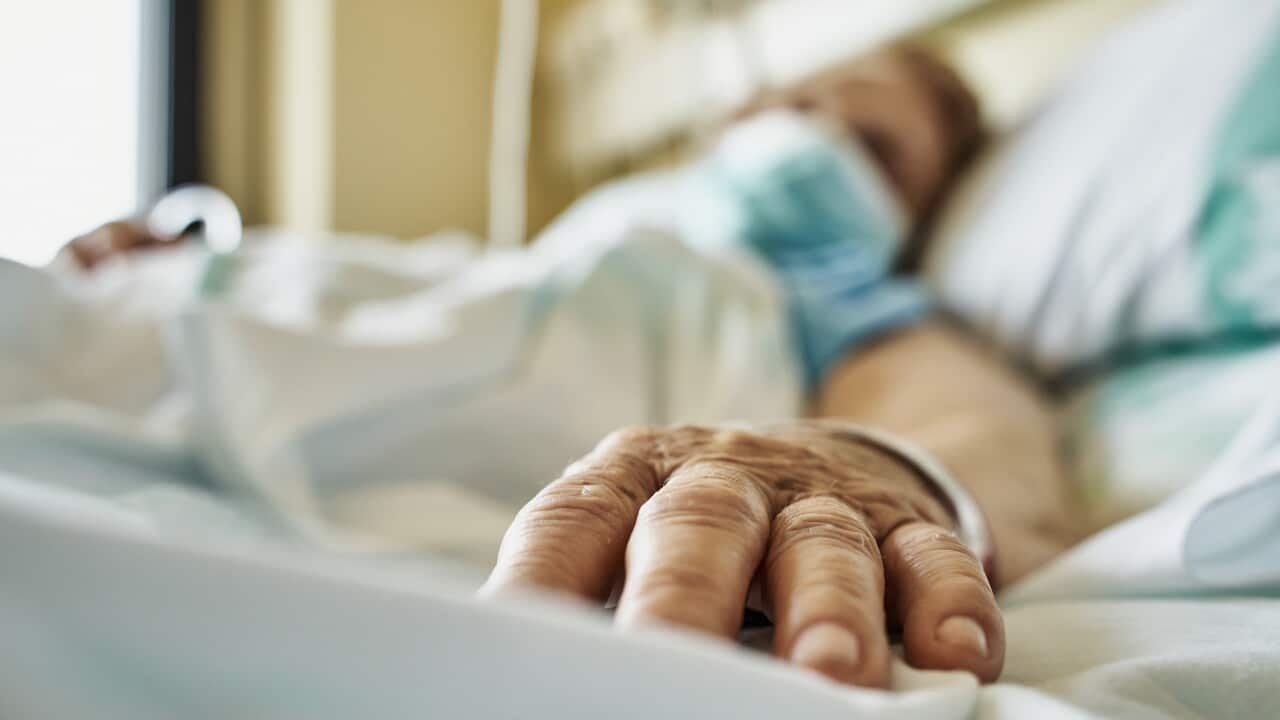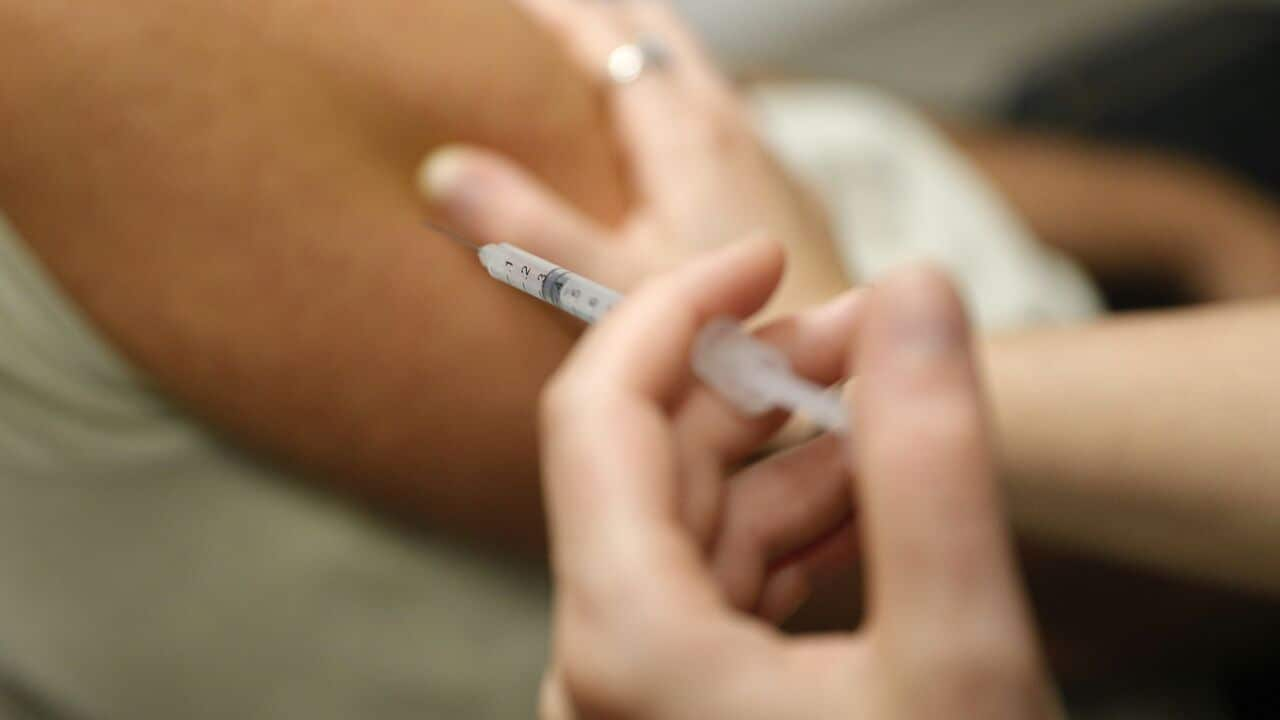Key Points
- COVID-19 hospitalisations increased by 128 per cent between the end of November and start of December in Queensland.
- A little less than half of the COVID-19 cases being recorded in Queensland are the XEC variant.
- An epidemiology expert says the wave likely made its way from the southern states on the east of Australia.
Queensland has recorded a new wave of COVID-19 cases in December.
Queensland Health has confirmed a "sharp increase" in hospitalisations due to COVID-19 cases this month, with hundreds in hospital beds across the state due to the virus.
Professor Catherine Bennett, chair of epidemiology at Deakin University, said the wave had likely made its way to Queensland from the southern states in eastern Australia, where she said the wave had appeared to have already peaked.
COVID-19 hospitalisations doubled
Queensland's chief health officer, Dr Heidi Carroll, said there had been a "128 per cent increase" in COVID-19 hospitalisations in the first half of December.
An average of 258 COVID-19 patients were in Queensland's public hospitals each day between 9 and 15 December.
Two weeks before, the daily average was 113 COVID-19 patients.
Carroll said most of those being hospitalised were over the age of 65 and not up to date with vaccinations.
"I'm very concerned about the rapidly increasing number of elderly Queenslanders being hospitalised," she said.

Queensland chief health officer Dr Heidi Carroll said most of those being hospitalised were not up to date with COVID-19 vaccinations. Source: Supplied / Queensland Health
Pattern of COVID-19 waves
Bennett said the virus had almost locked itself into a pattern where waves of the virus peaked twice a year in Australia, first in the winter months and then around the end of the year
"By this time, a new variant has had a chance to establish itself, and new variants accelerate the waning immunity within the community," she said.
"In this case, it is the XEC variant."
A national picture of COVID-19 spread
Publicly available data from the federal Department of Health does not present hospitalisations from COVID-19 by state and territory due to NSW, ACT, Tasmania and Victoria having stopped reporting these numbers throughout 2024.
The department's COVID-19 reporting website does, however, provide data on the number of infected patients in intensive care units (ICU) across the country.
These figures show 35 people were in an ICU in Australia with COVID-19 as of 9 December, down from a high for the year of 87 towards the end of June.
Bennett said while far less data on the spread of COVID-19 in Australia was now made available, governments would be relying on things like wastewater testing, numbers of prescriptions for related medications and reporting to identify patterns.
"They give us the pulse of what is happening on a wider scale," she said.
XEC variant
About 44 per cent of COVID-19 cases recorded in Queensland in the first half of December were the XEC variant.
It was first detected in Australia in samples taken in August and September of 2024.
The XEC variant is believed to be a recombinant descendant of two previously identified omicron subvariants: KS.1.1 and KP.3.3.
Professor Adrian Esterman, chair of biostatistics and epidemiology at the University of South Australia, had foreshadowed an increase in hospitalisations due to following the initial detections within Australia.
Momentum of the current COVID-19 wave
Carroll said the increased number of social gatherings over the festive season put people at greater risk of catching and spreading the virus.
"Don't be the person who gives the unwelcome gift of COVID-19 over Christmas and New Year," she said.
Carroll said the momentum of this COVID-19 wave could be slowed "if people ensured their vaccinations are up to date, especially our most vulnerable".
She also reminded people to practise good hygiene and advised them to stay home if they feel unwell.












